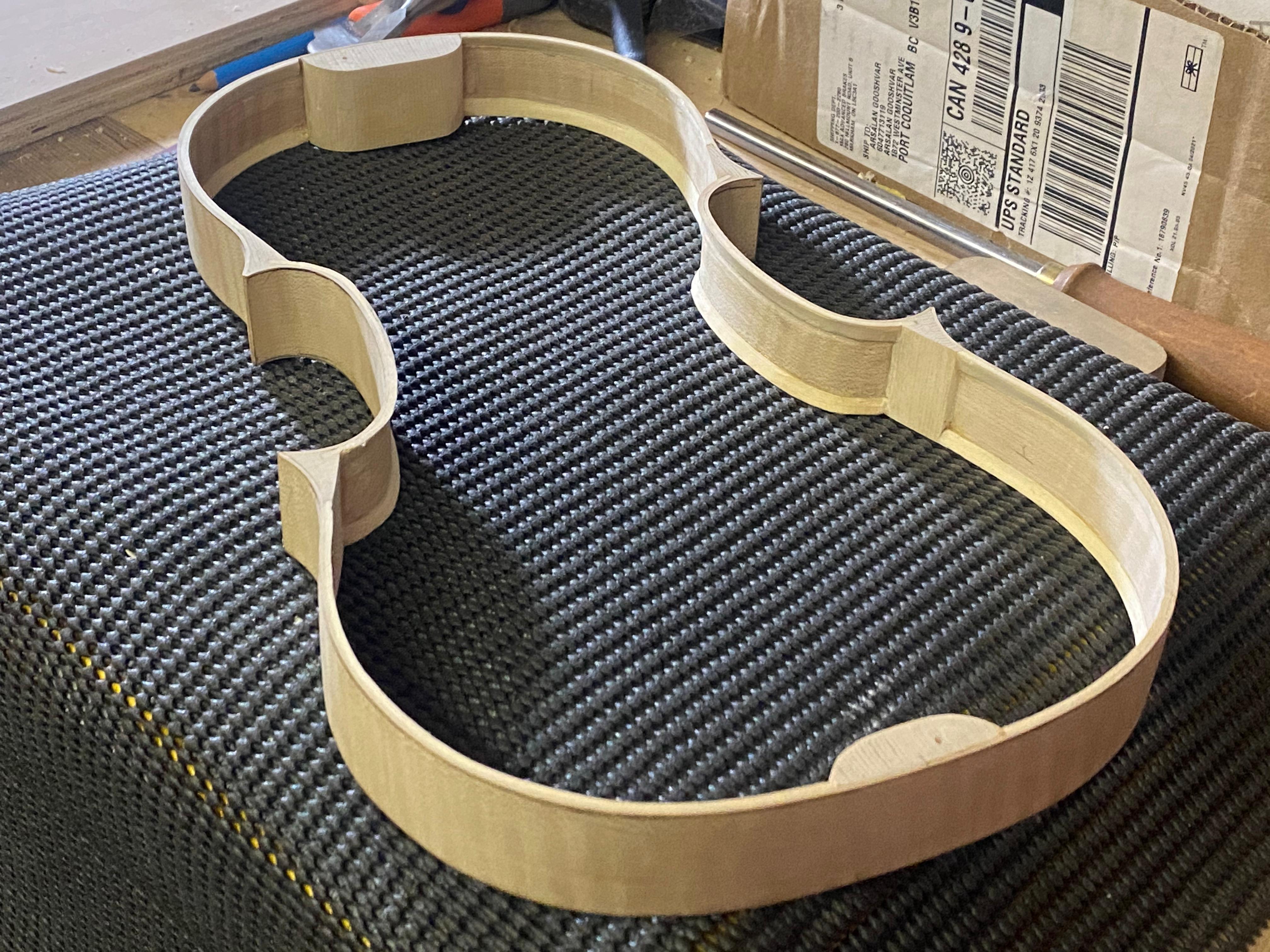The Role of Violin Lining and Its Impact on Sound Quality

The construction of a violin is a meticulous process that involves several key components, each contributing to the instrument's overall sound quality. Among these components, the lining of a violin, often overlooked by casual observers, plays a critical role in the instrument's structural integrity and acoustical properties. This article explores the function of violin lining and its effects on the sound, focusing particularly on how it increases the joint area between the plates and the sides (ribs) of the violin.
Understanding Violin Lining
Violin lining consists of thin strips of wood glued along the inner edges where the violin’s top (soundboard) and back plates meet the sides (ribs). Typically made from softwoods like spruce or willow, these strips are shaped and fitted to reinforce the joints, ensuring a stronger and more durable connection.
Structural Significance of Lining
The primary purpose of violin lining is to increase the gluing surface area between the plates and the ribs. This is essential for several reasons:
1. Enhanced Structural Integrity: By increasing the joint area, the lining provides a more robust and secure bond, reducing the risk of the plates detaching from the ribs due to tension or environmental factors like humidity and temperature changes.
2. Distribution of Stress: The lining helps distribute the mechanical stress more evenly across the violin’s body. This is crucial in maintaining the instrument’s shape and preventing warping or cracking over time.
3. Improved Flexibility: A well-fitted lining allows the body of the violin to flex slightly under the tension of the strings, which is necessary for optimal sound production.

Acoustic Effects of Violin Lining
While the structural benefits of lining are clear, its impact on the acoustics of the violin is equally significant:
1. Sound Transmission: The lining enhances the transmission of vibrations from the strings through the body of the violin. By providing a larger and more secure contact area, the lining ensures that vibrations are effectively transferred from the top and back plates to the ribs and vice versa, facilitating a fuller and more resonant sound.
2. Tone Quality: The added support from the lining contributes to the overall tone quality of the violin. A well-lined instrument often exhibits improved sustain and a richer, more complex tonal palette. The increased joint area helps the plates vibrate more freely, enhancing the instrument’s ability to produce a wider range of frequencies.
3. Volume and Projection: By strengthening the body of the violin, the lining allows the instrument to handle greater string tension, which can translate into higher volume and better projection. This is particularly important for professional players who need their sound to carry well in large performance venues.
Craftsmanship Considerations
The craftsmanship involved in fitting the lining is crucial. Skilled luthiers ensure that the lining is not only functional but also aesthetically pleasing. The precision in cutting, fitting, and gluing the lining strips affects both the structural integrity and the acoustic properties of the violin. High-quality craftsmanship ensures that the lining contributes positively to the overall performance of the instrument.
Conclusion
In conclusion, the lining of a violin, while a relatively small component, plays a vital role in both the structural and acoustic performance of the instrument. By increasing the joint area between the plates and the sides, the lining enhances the violin’s durability and sound quality, contributing to a richer, more resonant tone and improved projection. For violin makers and players alike, understanding the importance of this component can lead to a greater appreciation of the intricacies involved in crafting and maintaining a high-quality violin.










